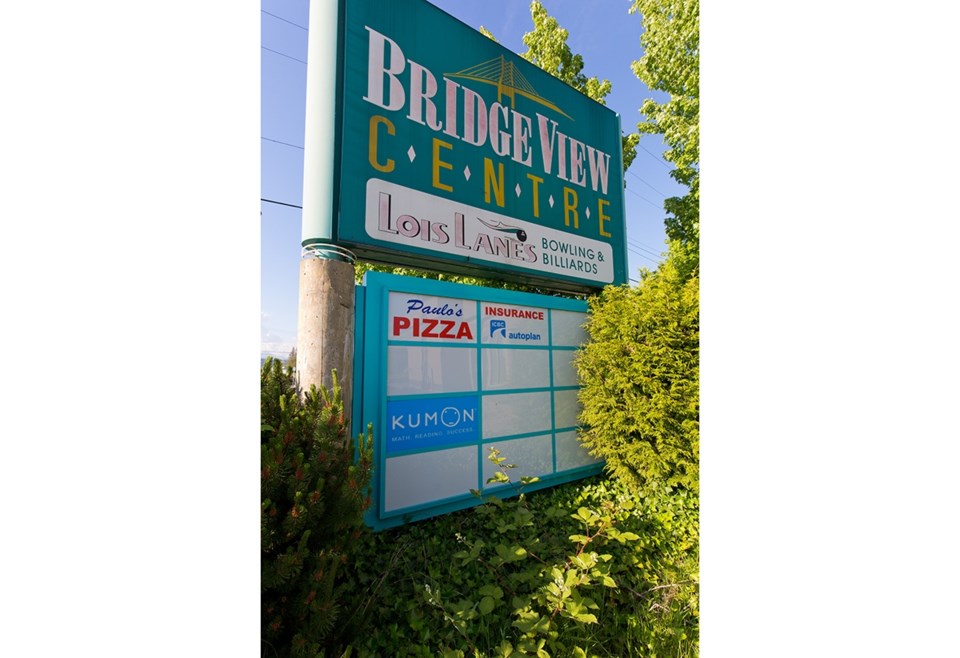A proposed 120-unit townhouse complex in Richmond’s Hamilton neighbourhood is set to include six, rent-controlled housing units, after city councillors asked the developer to not contribute cash to the municipality’s affordable housing reserve fund.
The move highlights some changes the City of Richmond is exploring as it relates to obtaining affordable housing from new developments.
Under existing housing policy, townhouse developments are required to contribute $4 per built square foot. This development, which will head to a public hearing on Monday, would have drawn in $573,520.
“We’re looking for contributions that are not cash,” said Coun. Bill McNulty, at a council meeting last month.
Coun. Derek Dang, a developer of such housing and commercial real estate professional, noted the city’s existing policy only requires built units (five per cent of total floor area) for condos with more than 80 units, but that city planners are exploring changes.
Condos under 80 units provide $6 per square foot for the affordable housing reserve.
McNulty has repeatedly stated he wants to increase the built units to 15 per cent of total floor area and examine lowering the 80-unit threshold.
Last year, the city doubled its townhouse fees, from $2 to $4 per square foot. But it did not change the policy on built units.

As in this case, developers and the city, sometimes by way of council, are able to negotiate built units in townhouse complexes.
In the past, critics of the cash-only policy, including Coun. Harold Steves, have stated that it leads to aggregating low-income households under one roof, instead of spreading them out, to build more diverse neighbourhoods.
In tentatively approving the development, Steves took the opportunity to note Richmond has a large amount of old, affordable housing stock, but little has been built by senior levels of government in the past three decades.
“In the 70s and 80s, we built scads of co-op housing and affordable housing in Richmond,” said Steves.
Dang said the city’s policy is nevertheless helping.
“There are strides, as small as they are, there are strides to provide affordable housing,” said Dang.
Richmond’s Hamilton neighbourhood is growing, thanks to a revised Official Community Plan in 2014. The city expects the population to double, to about 12,000 residents, by 2034.
The increased housing density is considered by planners to help the neighbourhood become more self-sustaining, as a higher population will better support shops, a school and community centre.
To help pay for new city services, such as parks, the city has levied an amenity charge on developers. For its 120 townhouses, developer Kaimanson Investments Ltd. will pay $939,139 ($6.55 per square-foot).
The 120 units will average 1,194 square-feet in size and be built on six, large, wooded single-family lots.
The development is in an odd part of Richmond, situated on the east side of Highway 91 and next to Boundary Road, alongside New Westminster’s Queensborough neighbourhood.
Elementary children will pass over the highway’s pedestrian bridge to get to school. There has been some talk between each city’s school districts to establish a joint high school in the long term.
Until then, Hamilton’s high school students are to attend Cambie secondary.


